Wetsuits are an optimum choice for swimmers, trainers, and swimming enthusiasts. These suits come in eight primary categories. Every single one has a distinct function. Examine the primary neoprene types offered by sports stores and surf shops. Wetsuits are quite new. Its design increases the amount of time people can spend in chilly, frigid water.
Neoprene from high-quality wetsuits is pleasant and flexible. It usually takes a very skilled and professional sports clothing manufacturer who can combine threads, patterns, and creativity to make the perfect wetsuits.
Although they offer defense from wind and UV radiation from the sun, they also need routine upkeep. Remember that a wetsuit and a dry suit are not the same thing.
Surfers who reside outside of tropical regions extensively utilize wetsuits, along with divers, sailors, military personnel, and other water activity enthusiasts. The typical thickness range for surfers’ wetsuits is between 2 mm and 7mm. However, there are other factors that set wetsuits apart from thickness.
Shape Defines The Appropriate Usage of Wetsuits
Wetsuit manufacturers frequently categorize wetsuits based on the season, offering spring/summer models and fall/winter models to cater to different needs. This implies that, depending on their demands, surfers have several alternatives for their arms and legs in addition to the ability to keep their chest warm.
For instance, you could choose to wear a spring suit when the weather is nice and sunny but the water is chilly. However, a short-arm steamer would suffice if you feel at ease in chilly waters.
Manufacturers designed the most popular varieties of wetsuit protection for surfers of all ages and for both men and women.
8 Types of Stylish Wetsuits:
1. The Hooded Wetsuit
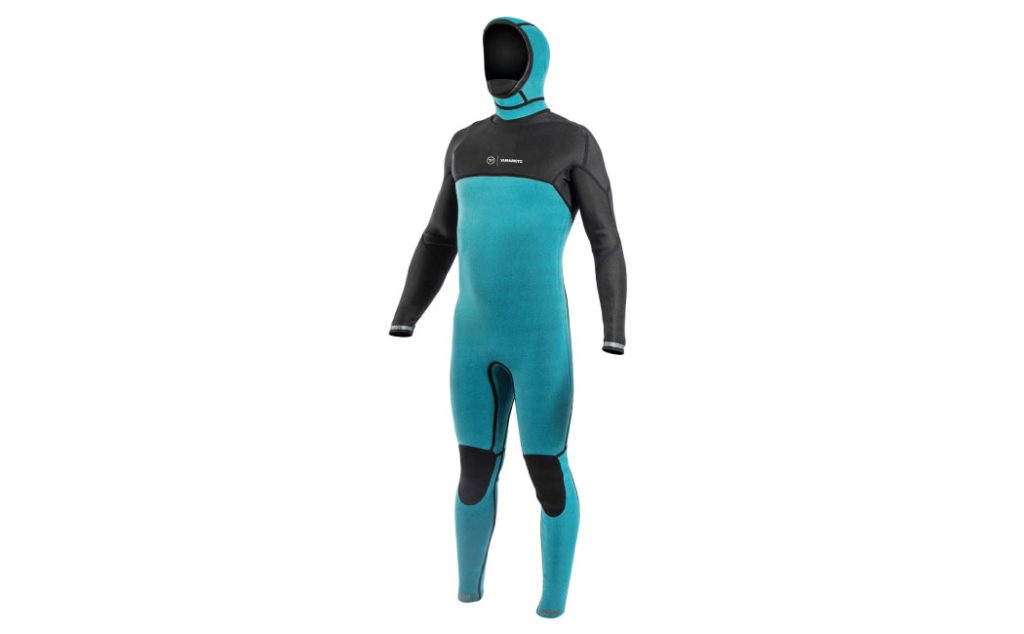
The hooded wetsuit provides the best neoprene protection available for surfers in cold water. Wearing this type helps retain body heat, keeping your brain and ears warmer in the coldest air and water conditions.
2. The Full Wetsuit

The full wetsuit fully covers your body, including your arms, legs, and chest. This is one of the most often used types of wetsuits, and it’s typically used in cold to chilly water conditions. The thicknesses that are most frequently used are 3/2mm and 5/4mm.
3. The Wetsuit of Long John/Jane
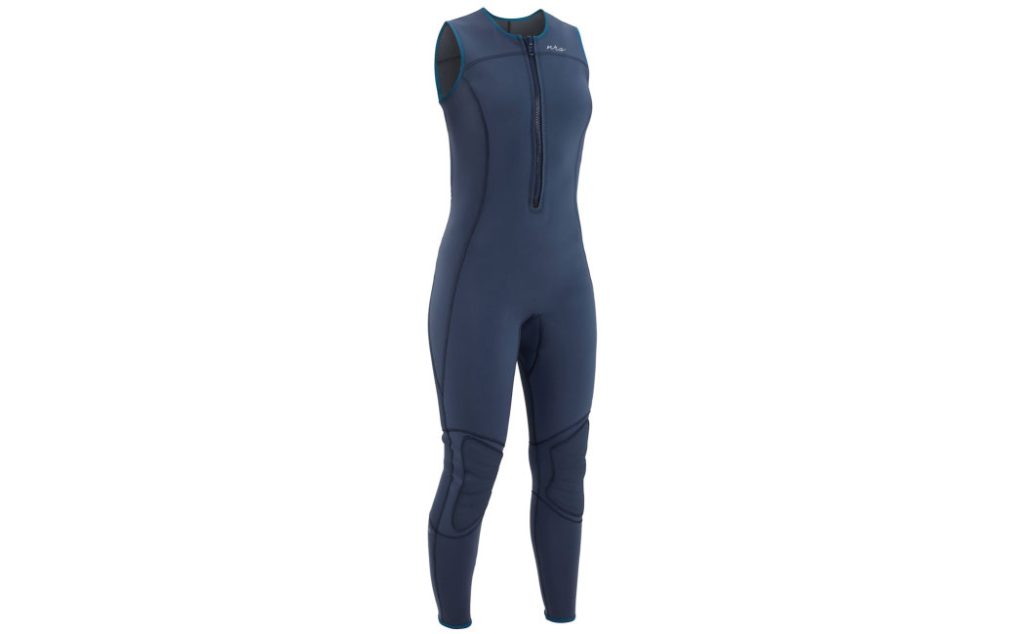
An uncommon sleeveless neoprene variant that keeps your arms exposed and in touch with the water is the long John/Jane wetsuit. It makes paddling more efficient.
4. The Spring Wetsuit
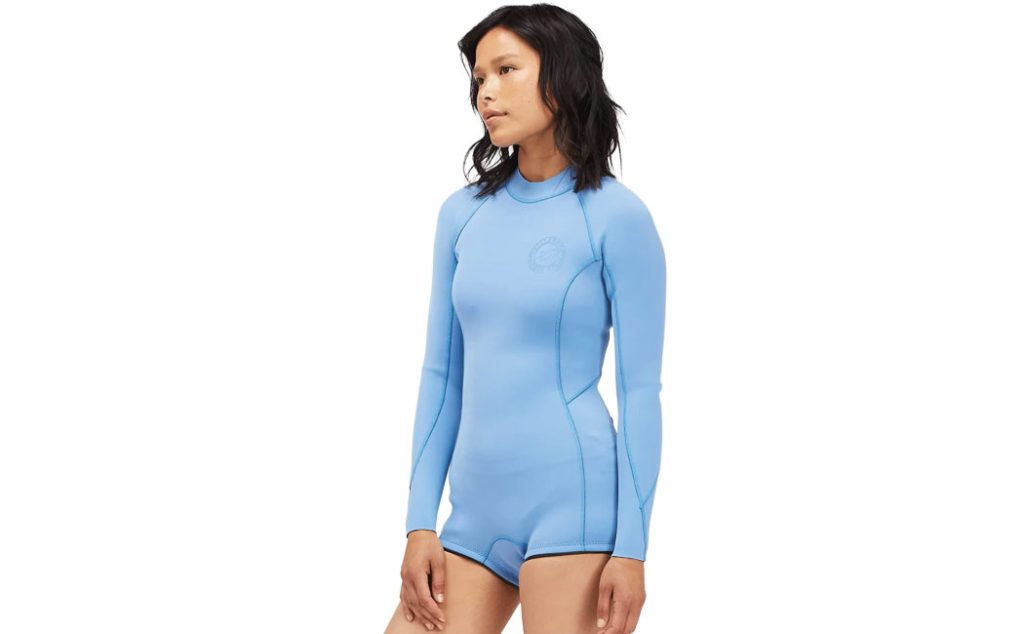
This is the kind of wetsuit that surfers in temperate areas use in the spring and summer when the water isn’t too cold, but they still need their second skin to surf.
5. The Short Arm Steamer Wetsuit

Surfers who just can’t surf without neoprene protection use the popular legless and armless short-arm steamer wetsuit in warm waters.
6. The Jane/John Short Wetsuit
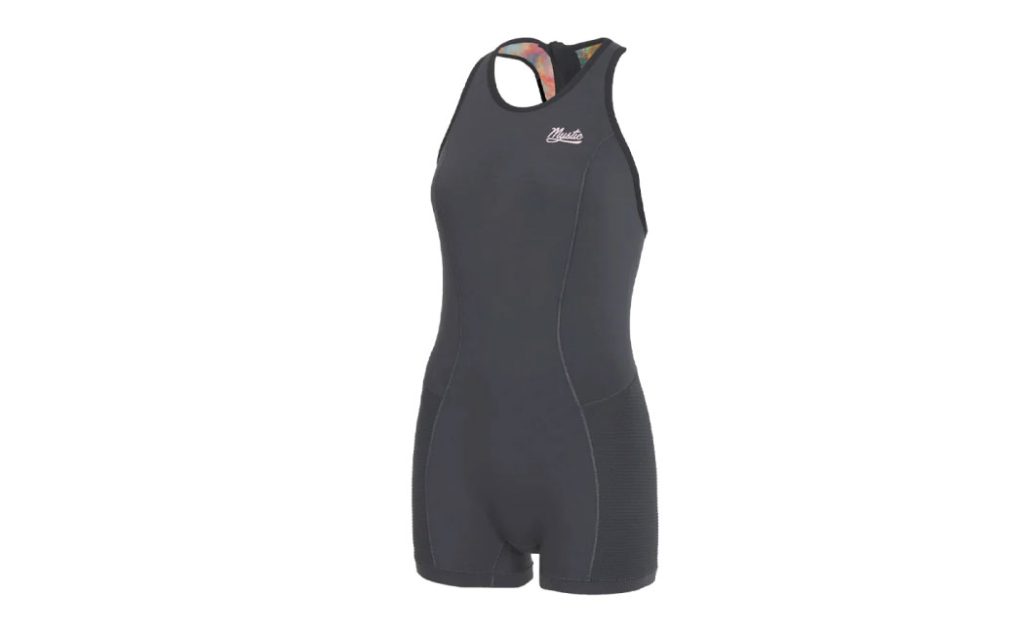
One of the most basic wetsuit styles available is the short john/jane variant. It is mostly available in 2mm variants and covers most of your upper body.
7. The Wetsuit Jacket

The wetsuit jacket is an arm and torso protective piece made of neoprene. Frequently featuring a front zipper, it is best used in warm yet windy environments.
8. The Wetsuit Vest

Wetsuit vests are basic upper-body neoprene protection that is only useful in warm climates. It protects you from sunburns and rashes, but in colder seas, it won’t keep you warm.
Wetsuit Features And Properties

Thickness:
To offer differing degrees of insulation, wetsuits are available in different thicknesses. Usually, thickness is expressed in millimeters (mm). Although they are better insulated, thicker suits may be less flexible.
Position of the Zipper
Back Zip: The wetsuit has a zipper along the length of its back. Although this design is simple to put on and take off, it might not be as waterproof.
Front Zip: The wetsuit has a zipper on the front. In addition to offering superior water resistance, front zips may provide you with additional flexibility in the back.
Diagonal Zip: A diagonal zipper across the length of the chest. Although this form is more flexible and gives great sealing, it might be more difficult to wear.
Sewing Construction
Flatlock: Tiny holes are made when flatlock seams are sewn together. Even though they are cozy, they are appropriate for warmer seas since they let water soak through.
Bonded and Blind-Stitched: To create a watertight barrier, seams are bonded and then blind-stitched. This design is appropriate for colder seas and provides superior insulation.
Sealed/Taped: To provide the highest level of durability and water resistance, seams are sealed using tape or liquid sealer.
Qualities
Hooded: For increased warmth and weather protection, many wetsuits have a hood fastened to them.
Thumb Loops: Integrated loops at the wrists that improve warmth and keep sleeves riding up.
Integrated Gloves/Boots: For complete body covering and extra insulation, many wetsuits come with integrated gloves and/or boots.
When selecting a wetsuit, it’s important to take your unique requirements and preferences into account, as these styles might change across different manufacturers and models.
Fitting
Standard Fit: Provides a performance and comfort balance.
Compression Fit: More muscular support and less drag are achieved with a tighter fit.
More mobility is possible with a loose fit, but warmth and hydrodynamics may be compromised.
What Materials Are Used in Wetsuits?
Neoprene: The most popular material used to make wetsuits, neoprene provides flexibility and insulation. It is available in different thicknesses and grades.
Lining: For extra warmth and comfort, some wetsuits have various linings, such as fleece or thermal lining.
Stretch Panels: specifically positioned panels composed of more flexible material to improve range of motion and flexibility.
Making Your Own Wetsuit
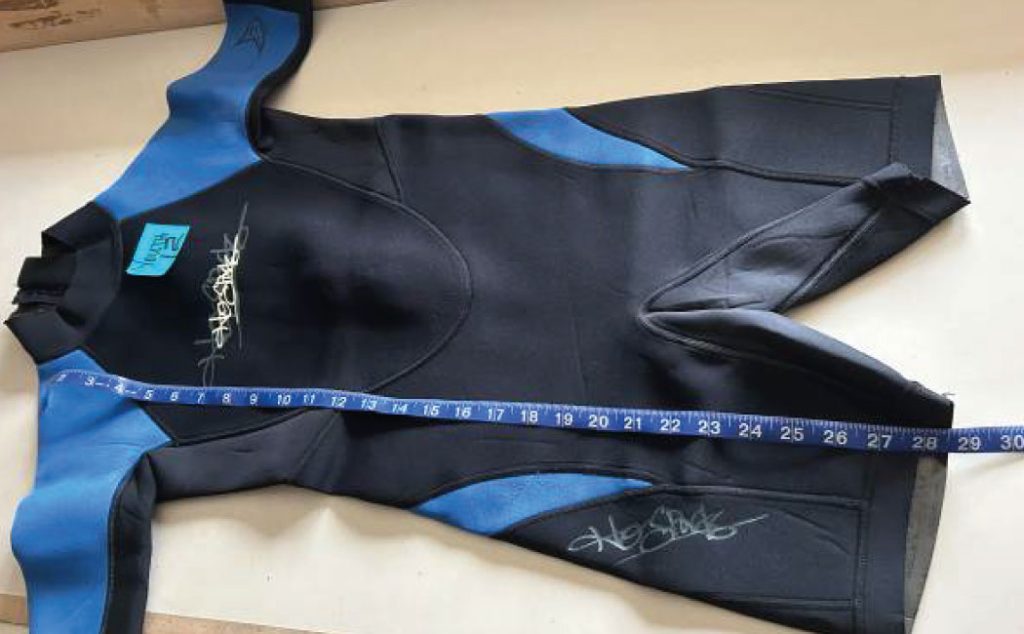
Wetsuit manufacturing is a difficult yet worthwhile endeavor. However, it is not a difficult task for a skilled manufacturer whose expertise lies in producing quality swimming apparel. Making a wetsuit for a man or a woman involves the following essential steps:
Create and design patterns:
Take into account aspects like thickness, style, and features while creating your wetsuit. Using your design as a guide, create a wetsuit pattern. One can create a pattern from the ground up or modify one that already exists.
Choosing Content:
Based on the planned water temperature and activity level, select an appropriate neoprene fabric for the wetsuit, taking thickness and stretchiness into account.
If you would like more comfort and insulation, choose lining material. Choose extra components like seam tape, zippers, and thread.
Slicing the textile:
On a level surface, spread out the neoprene cloth. After tracing and cutting, use the pattern.
Putting the Wetsuit Together:
Start by piecing the major body panels together using an appropriate stitching method (e.g., blind stitch, flatlock).
When attaching any extra panels, such as sleeves or legs, ensure that they fit and line up correctly.
Put on cuffs, zippers, and any other parts that are required in accordance with the design.
Closing the Gap:
To keep water out of the wetsuit, seal the seams using glue, seam tape, or liquid sealant, depending on the construction method that was used.
For durability, pay special attention to the reinforcing and seam quality in high-stress regions.
Including Extras:
Add any extra elements that the design calls for, such as a hood, thumb loops, or integrated boots or gloves. For optimal comfort and performance, make sure these features are positioned and operating properly.
Fitting and modifications:
To ensure fit and comfort, have the intended wearer try on the wetsuit. To achieve a tight but comfortable fit, adjust the fit as needed by taking in or letting out seams.
Testing:
To make sure the wetsuit adequately insulates and keeps out water, try it in the water. Assess the wetsuit’s performance and make any necessary last-minute modifications.
Final Details:
To make the wetsuit seam neat and professional, cut off any extra material and threads. Label or brand anything you want, based on your own preferences.
Assurance of Quality:
Verify the completed wetsuit for flaws to make sure it is of the highest caliber and longevity. Complete any last adjustments or tweaks before concluding the production process.
Wetsuit manufacturing calls for accuracy, focus, and specific tools; thus, it’s essential to have the required knowledge and tools or to consult with knowledgeable experts if necessary.
We manufacture the best wetsuits.
Like I mentioned earlier in the content, it requires a skilled manufacturer to create the finest wetsuits. We are known as the top swimwear manufacturers that can make one-of-a-kind and fully customized wetsuits for you. Our expertise goes beyond the means of sourcing fabric and crafting what is best for you.
Our advanced methods, expert manpower, and high-end technology allow us to manufacture the kind of wetsuit you desire. But there is more to the story. If you are a clothing brand ready to initiate your swimwear line by introducing wetsuits, we deliver the best custom clothing services too. Let me give you a brief overview of what we can do for you.
- Private labeling services
- Lower MOQ (35 to 50 pieces per design and color)
- Fast turnaround
- Sample production
- Bulk production
- Free shipping all over the world
- Doorstep delivery
- Much More.
Thus, whichever wetsuit type you want in any shape, size, or color, we have the means to make it for you. We can make any product exclusive to your business and even help you with your aesthetic necessities to create the suits.











